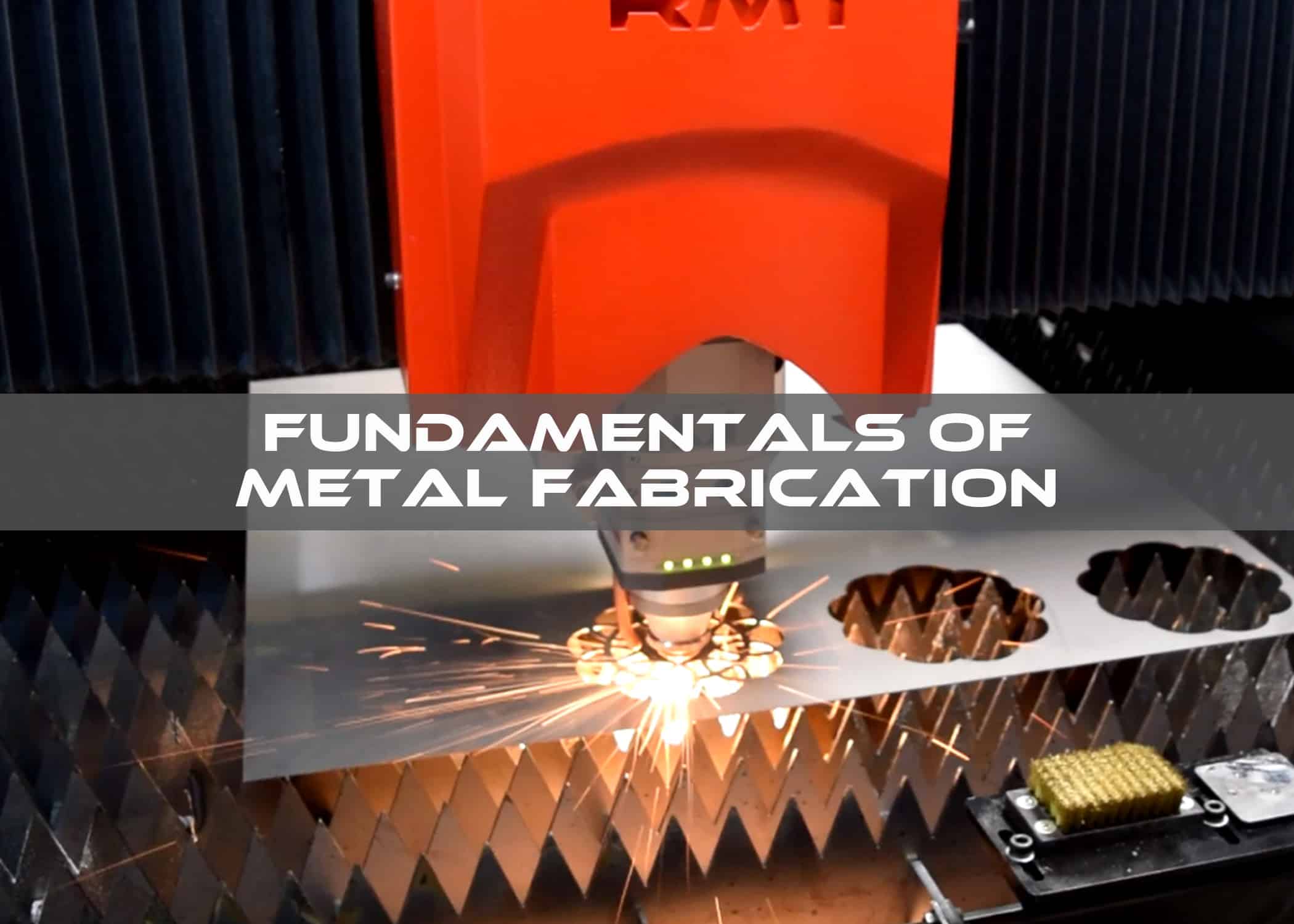A Bird’s Eye View
Metal fabrication is the process of transforming metal workpieces into finished products. That simple definition doesn’t do justice to the depth and breadth of the topic, however. There are thick textbooks that delve into very small, specific fundamental segments of the industry. Even the most seasoned experts in the field find that they still have things to learn about metal fabrication.
A brief article like this one can’t do more than take a cursory glance over the subject, defining the key terms and arranging them in a logical order. When taking a road trip, you follow a map that shows you a bird’s eye view of the route, then you stop to take in the sights that interest you as you progress along your journey.
Think of this, then, as a roadmap charting a course through the various concepts that are fundamental to understanding metal fabrication. As you follow it, stop as needed, and study each segment in further detail. Utilize textbooks, manuals, online articles, and available videos to explore each area more carefully, and to your own satisfaction.
In the Beginning: Raw Materials
Metal fabrication begins with raw materials which get their start as ore that is extracted from the Earth’s crust. The ore is refined and processed through a mill that uses devices such as blast furnaces, forges, and hot rolling machines to create blanks like metal sheets, bars, and tubes that fabricators will then work with. Common metals used in fabrication include steel—which comes in various forms such as carbon steel, stainless steel, and alloy steel—along with aluminum and copper. Other metals such as brass, bronze, and titanium are also regularly used in metal fabrication operations. The choice of material depends on the desired properties of the final product, such as strength, corrosion resistance, and conductivity.
Divide and Conquer: Cutting
Cutting is a fundamental step in metal fabrication, and various methods are employed based on the material and precision required. Traditional methods include shearing and horizontal sawing for straight cuts and vertical sawing for more intricate shapes. Advanced techniques involve laser cutting, plasma cutting, and water jet cutting, offering greater accuracy and efficiency.
Sculpting Like Clay: Forming
Forming involves shaping the metal into the desired configuration. This can be achieved through processes like bending, rolling, and stamping. Press brakes are commonly used for precision bending, while roll forming is ideal for shaping long pieces of metal. These techniques allow fabricators to create complex geometries and achieve specific product designs.
Out of Many, the One: Joining
Joining is the process of connecting metal pieces together to create the final product. Welding is a primary joining method, using heat to melt and fuse metals. Other techniques include brazing and soldering, which use lower temperatures to join metals without melting them entirely. Mechanical fastening methods like bolts and screws are also commonly employed.
Whitling Away: Machining
Machining involves removing material from a metal workpiece to achieve the desired shape or finish. This can include processes like milling, turning, and drilling. Computer Numerical Control (CNC) machining has become prevalent, allowing for precise and automated control of machining tools, enhancing accuracy and efficiency.
Give it a Spit Shine: Finishing
After fabrication, metal products undergo finishing processes to enhance their appearance and properties. Surface treatments like painting, powder coating, and plating provide corrosion resistance and improve aesthetics. Deburring and polishing are employed to remove sharp edges and achieve a smooth finish.
Come Together: Assembly
Assembly is the final step in metal fabrication, where various components are joined to create the complete product. This involves fitting together machined, formed, and joined parts to ensure they function as intended. Assembly may require additional processes such as fastening, welding, or adhesives.
Getting It Right: Quality Control
Throughout the fabrication process, quality control is essential to ensure the final product meets specifications and standards. Inspection and testing methods, including dimensional checks, visual inspections, and material testing, help identify and rectify any defects or deviations from the intended design.
Keeping up with the Joneses: Technological Advancements
Recent advancements in technology, such as 3D printing and automation, are influencing metal fabrication. 3D printing allows for the creation of intricate metal parts with high precision, while automation streamlines repetitive tasks, improving efficiency and reducing costs.
An Essential Field
Metal fabrication is a versatile collection of techniques that transform raw metals into the finished products that are crucial to modern life, from complex aerospace vehicles to precision medical implements to common kitchen utensils.
Understanding the fundamentals of metal fabrication is crucial for professionals in the field and important for anyone else who might be interested in the manufacturing industry.







